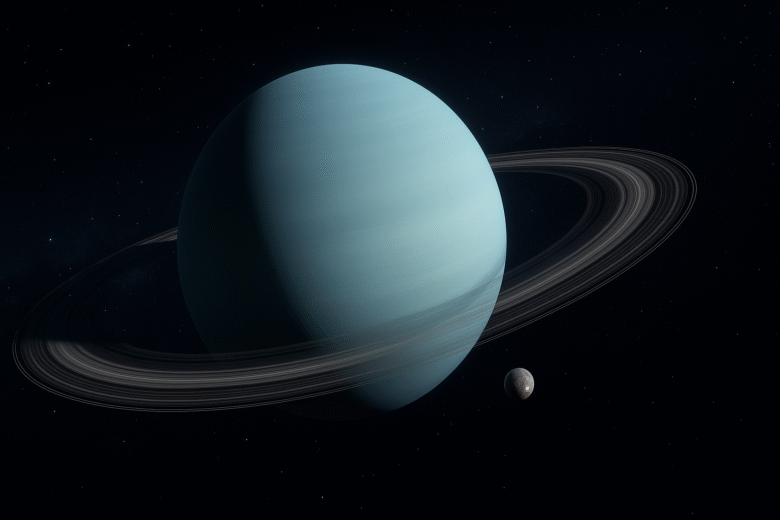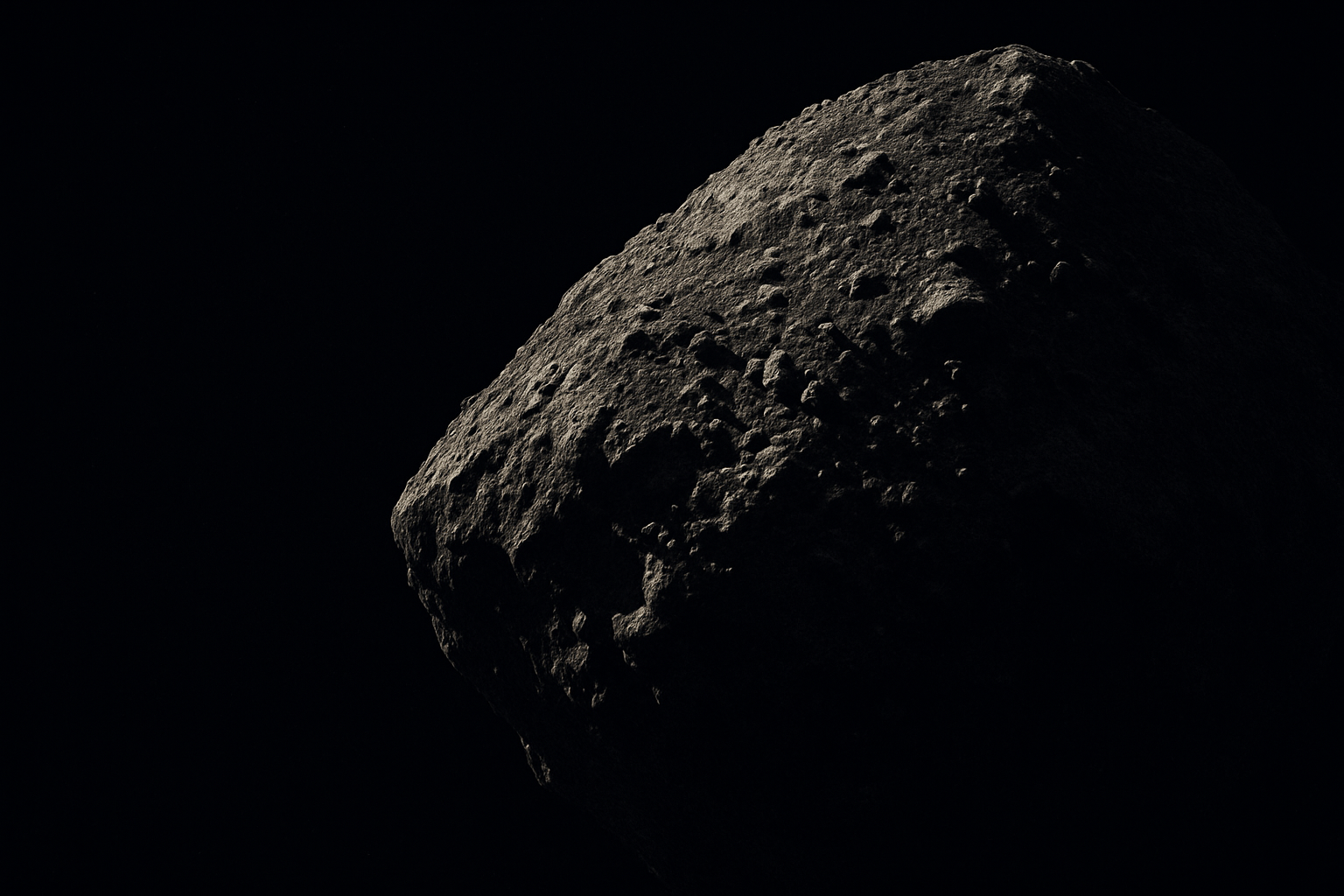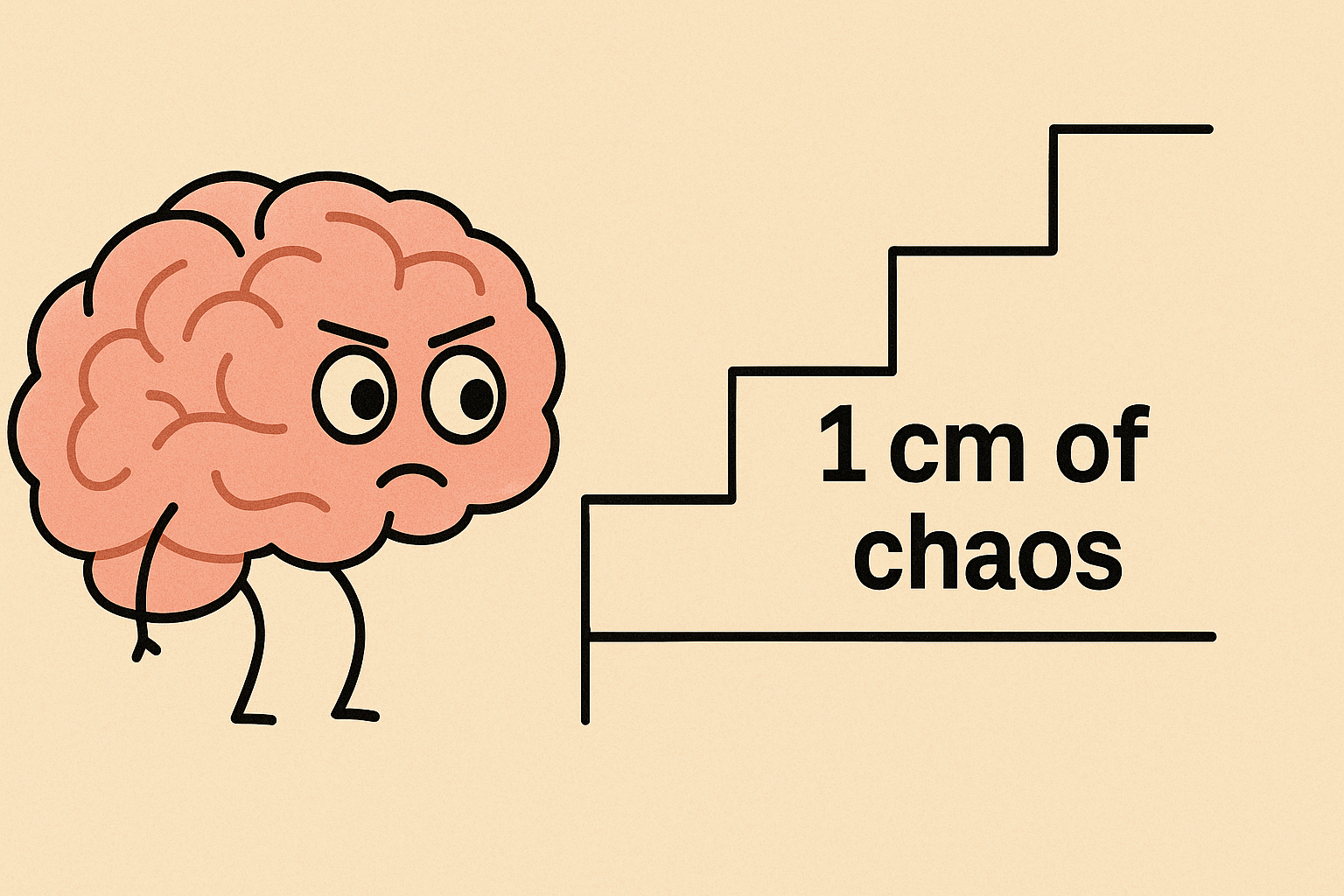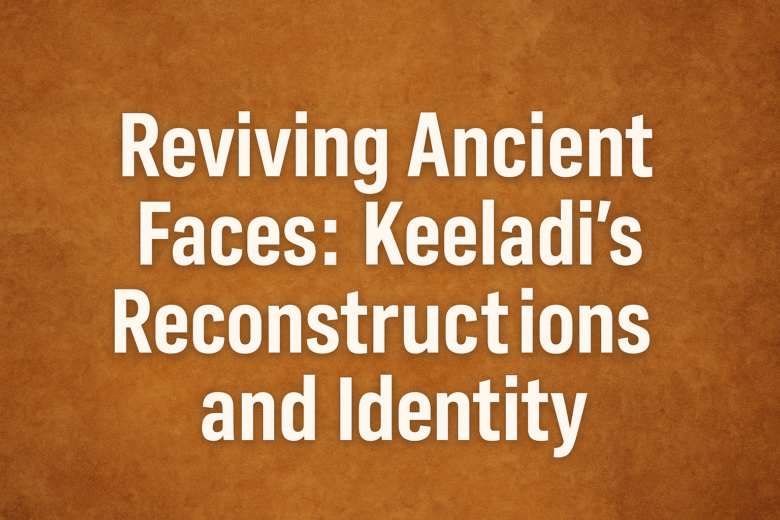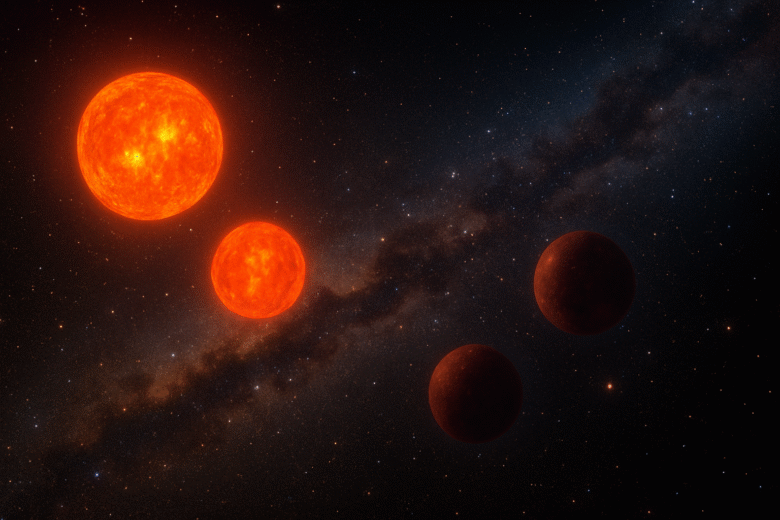Here’s a fun fact: a robot smaller than a grain of sand may soon swim through your blood — and deliver medicine directly to the right part of you. This is the story behind Tiny Robots in Blood: What Science Is Doing to Heal Us — a future that seems pulled from science fiction, but …
Fun fact: Uranus is so tilted that it practically rolls around the Sun on its side—and now, thanks to modern space science, it has one more moon rolling with it. Every once in a while, space throws us a surprise that feels almost personal—like a reminder that even in a predictable universe, something unexpected is …
Fun fact: Scientists have now confirmed that an asteroid floating millions of kilometres away contains all five nucleobases—the same chemical letters that spell out life on Earth. There are moments in science when the universe seems to quietly tap us on the shoulder and whisper, You’re not as special as you think. The recent discovery …
Fun fact: It doesn’t take a mountain to make you fall. Sometimes, all it takes is a single rebellious stair—barely a centimetre off. We’ve all been there. You’re walking up a staircase you’ve climbed a hundred times, half-awake, coffee in hand. Then—bam!—your toe snags the edge, your heart lurches, and your dignity tumbles down three …
Fun fact: The new Bharat Forecast System (BFS) in India slices the country into blocks as small as 6 kilometers (km)—that’s about the size of a large village—and delivers weather predictions for each one. With “Bharat Forecast System: India’s New 6-km Weather Radar to Predict Extremes”, we’re talking about a leap in how India forecasts …
Fun fact: the oldest known “star map” might be older than writing itself — etched not on paper, but in the memory of the sky. How Did Humans First Map the Stars? It’s a question that connects astronomy to art, curiosity to survival. Long before telescopes, satellites, or even compasses, our ancestors looked upward, tracing …
Fun fact: scientists have used skulls from Keeladi to reconstruct faces of men who lived about 2,500 years ago — and these faces are more than art; they are mirrors that force us to rethink who we are. The ancient archaeological site of Keeladi, near Madurai in Tamil Nadu, has once again captured imaginations — …
Fun fact: Astronauts’ stem cells—tiny powerhouses for growth and repair—can age more rapidly in space than on Earth. When we look up at the stars, it feels like the final frontier: space is glamorous, inspiring, and full of adventure. But what if every journey beyond our atmosphere carries a hidden cost—one measured not just in …
Fun fact: A star can shine with more energy in a single second of its death than our Sun will in its entire lifetime. You read that right: “When a Star Tries to Eat a Black Hole (and Explodes Anyway)” isn’t just a catchy title, it’s the story of a cosmic betrayal that astronomers caught …
Fun fact: There might be more “almost-stars” hiding near us than the bright ones we can see—some of them are forming rare quadruple systems that challenge everything we thought we knew. Astronomers recently hit the headlines with the discovery of a quadruple star system called UPM J1040-3551 AabBab, and the title alone sounds like science …


